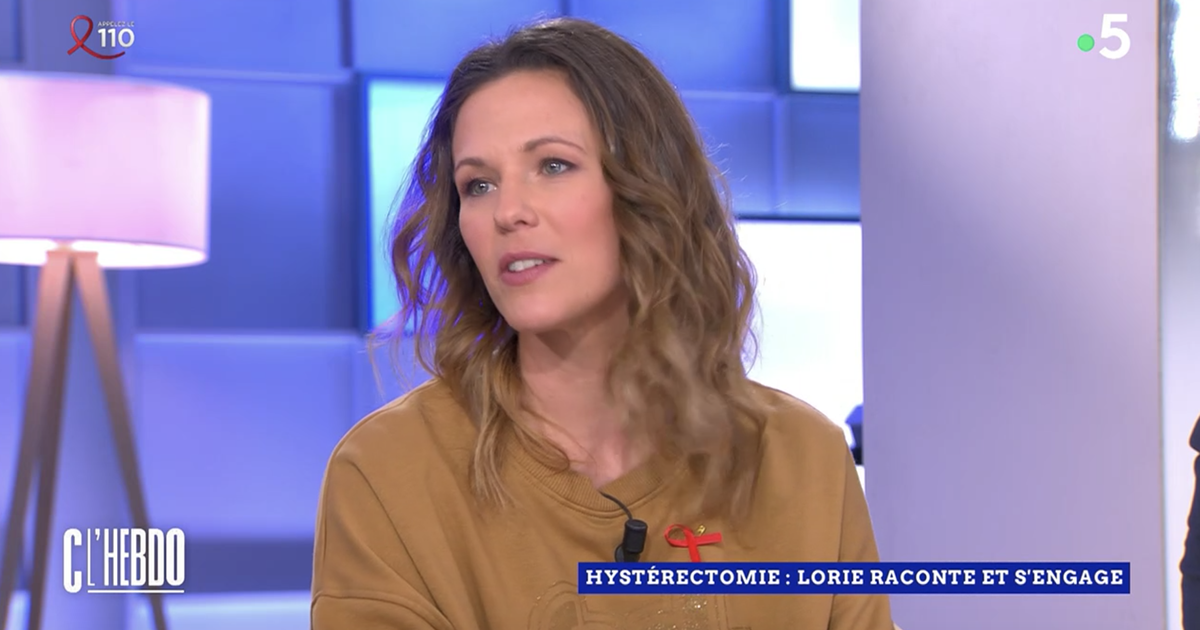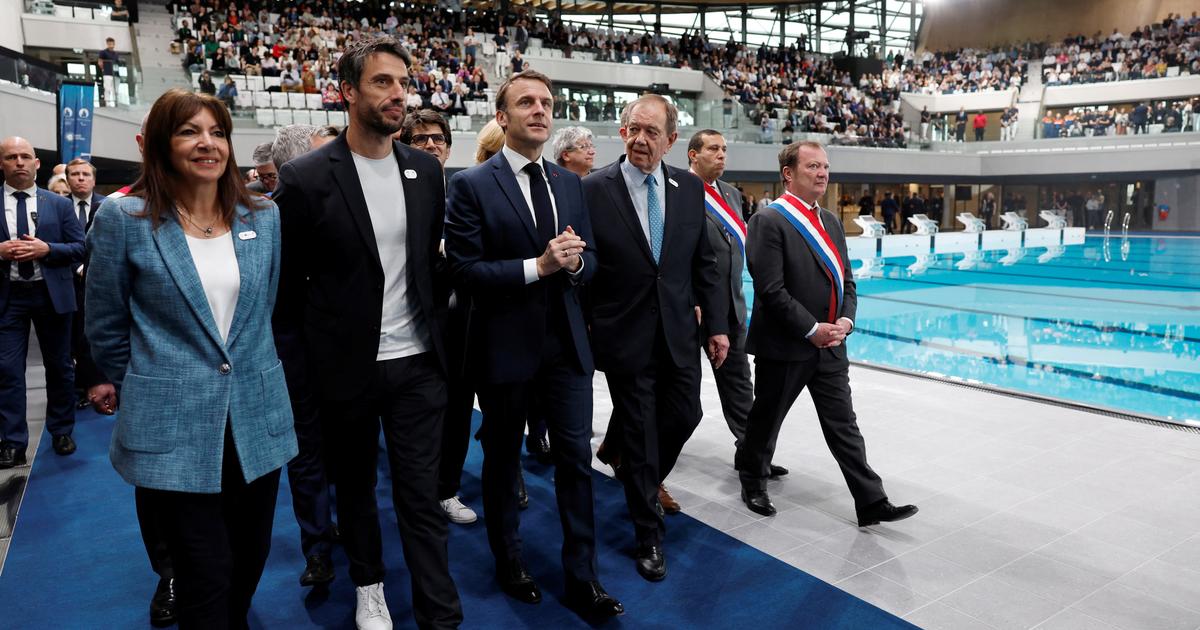In the autumn of 2003, Steve Geoffrey Thompson won the Rugby World Cup for England at Stadium Australia, Sydney, against the host team and to the clamor of 83,000 spectators.
On the way back, at London's Heathrow airport, thousands of people would applaud him, days later he would parade from Marble Arch to Trafalgar Square, Tony Blair would receive him.
At Buckingham Palace he would be recognized as a thing called a
Member of the Most Excellent Order of the British Empire.
But in 2020, retired and diagnosed with dementia praecox at age 42, he barely remembered anything.
“Sometimes I just blank out at my wife and she's like, 'I'm Steph,'” he told
The Guardian
.
Thompson is part of a class action lawsuit on behalf of 185 former British players with neurological damage.
They accuse the rugby authorities of not having sufficiently ensured the safety of the game and of neglecting them once they are removed.
When the case went to trial this summer, the lawyers emphasized that their clients "love rugby" and just want it to be safer and support former players.
Thompson has said the same thing, in his own way: “Rugby has to recognize that there is a problem.
I'm already screwed, it's about the next kid not having the same thing happen to him”.
In the NFL, the controversy dates back to Bennett Omalu's research on chronic traumatic encephalopathy, an ailment related to blows to the head that can only be diagnosed after death.
The neuropathologist spent several years insisting and the league bosses disavowing him, until they admitted what was happening.
In 2013 they compensated 600 million euros to some 4,500 former players with brain damage.
Mohammed Ali, during his fight against Joe Frazier in Manila in 1975.
Four years later, a study of brains donated by former players found evidence of chronic traumatic encephalopathy, a degenerative condition that used to be called
boxer's dementia, in 110 of 111.
It is conjectured that this is what boxing legend Mohammed Ali suffered, although his family did not donate his brain for investigation.
Ali's doctor, Ferdie Pacheco, noted a great deterioration after his brutal fight against Joe Frazier in Manila in 1975. He lost reflexes.
He had crushed kidneys.
“No one around him wanted to see it.”
He fought six more years.
In 2011, just as the problem was emerging in the NFL, Charles Bernick, a Las Vegas physician, set out to investigate what was happening to active boxers and martial arts fighters.
In 2015 he published a study of 224 cases that also established a link between exposure to blows and brain damage.
"If you cleared your head, you continued, and if you were groggy, you left"
Some security measures have been taken in these sports.
Boxing referee José Luis Serrano explains that the medical examinations of the boxers are "exhaustive" and that the doctors can recommend stopping a fight.
He also mentions the reduction of the fights from 15 to 12 rounds, an old decision: the World Boxing Council made it after the death of Duk Koo Kim, in 1982, four days after being struck down by Ray
Boom Boom
Mancini, who would say while his rival was in a coma: “I saved my title, but am I a hero?
Although I do not blame myself for anything, I am part of this.
I feel miserable".
Former boxer Marta Brañas assures that it is a sport in which there is “control” and assumes the underlying dilemma: “You should never expose the athlete's health, but every sport exposes health.
It's about minimizing risk."
She retired in 2017 at the age of 32.
Two years later she considered going back.
She passed an examination, they detected a dangerous injury at the base of her skull, she gave up.
Brañas is pleased to have dedicated himself to boxing.
She vindicates him: “It's not just about hitting each other.
He has a technique, a study.
What is hard?
It's hard, but professional sport is like that, you always have to improve yourself and push your body to the limit”.
Luis Gómez, a three-time world
kickboxing champion
, retired at age 37 with no chronic injuries.
"No one knows their body better than oneself and everyone sets their limits," he says.
And he adds that the blows "actually" feel but do not hurt: "Curious, right?".
Alberto Malo, 58 years old, capped 74 times by the Spanish rugby team, remembers that he had “a little concussion”.
And what was he doing?
“If you cleared your head, you continued, and if you were groggy, you went out.
But there was no protocol, it was one who decided whether or not he left the field”.
He has had no neurological sequelae nor does he know of colleagues from his time who have suffered from them.
He assumes that the danger of his sport is greater today because the players are getting stronger and faster.
Steve Thompson, during a meeting in 2011.
Jaime Nava believes the same, 79 caps with Spain, retired in 2019 at the age of 36.
“The ones from now are perfect machines and the impacts are faster and more frequent”.
He had "one or two concussions."
He also has no sequels.
He doesn't know of others in his fifth who have them either, though some who tried too hard to keep going after concussions ended up being more "prone" to them.
He does see the current cases as “alarming”.
“We have to make rugby safer,” he says.
He talks about regulating and monitoring scrums and tackles.
For the rest, he believes that rugby should remain what it is: “A tough sport but with values;
very hard, in fact, so hard that if I didn't really have those values, it would be a savage sport”.
Nava defends the regulatory progress and the good sense of the athlete: “The life of the elite athlete is not healthy.
He takes the body to the extreme and when you have to stop, you have to do it.
Health is above and there is life after sport”.
He is trying out as an actor.
In the fifth season of
La casa de papel
(2021) he was Cañizo, the stern chief of an assault squad.
The intense experience of life
And what motivates those who practice extreme sports?
The mind is a subjective place, but the theory allows speculation.
Miguel Ángel González Torres, psychoanalyst and head of psychiatry at the Basurto hospital, points to a primary possibility – "the intense experience of life" that is achieved by carrying out these high-risk physical practices – and to others such as the feeling of group belonging, in the In the case of team sports, narcissism – “putting oneself above others” – or also the drive for violence, which would refer us to the Freudian theory that established that a principle of pleasure and pleasure act “unconsciously” in us. another of destruction –of the fellow man and/or of oneself–.
"In any case, it is necessary to really know the biography of each person in order to understand what can move them," says González Torres.
And this is what ex-athletes say.
Nava: “In rugby I found personal growth and saw a professional career, as well as a great atmosphere.
Talking about punishing yourself annoys me, what I would say is that there is a principle of suffering linked to the search for improvement”.
Bad: "I became a rugby player because I had fun and had good conditions, and because I'm from Sant Boi de Llobregat, which is the cradle of rugby in Spain."
Brañas: “I always liked combat sports.
My father and uncle practiced them.
Well, and I also really liked watching
Dragon Ball.”
As for the Viennese doctor's theories about self-destruction, he relativizes: "Freud was an eminence, but he had his theory as others have had others."
Rafael Nadal wipes sweat from his face during a match against Korea's Hyeon Chung at the 2019 US Open in New York. Chaz Niell (Getty Images)
“Pain takes that happiness away from me”
Professional sport, in general, has left countless battered bodies.
Two examples of soccer players: Vicente del Bosque suffered serious injuries and never walked normally again;
Gabriel Omar Batistuta infiltrated his ankles so much that when he finished his degree he thought of amputating his legs.
One of a mountaineer, among so many: Reinhold Messner, losing his toes on Nanga Parbat.
Without going so far but proverbially crushed, active, the most legendary Spanish tennis player.
A few days ago a sports newspaper titled an information
The torture of Rafa Nadal
and in his nearly 20-year career he referred to an abdominal tear, a stress crack in a rib, a patellar tendon rupture, inflammation and pain in the wrists and, of course, Mueller-Weiss syndrome, a chronic injury to the left foot that was diagnosed in 2005 and that resists for years like a martyrdom, increasingly with difficulty.
Last June he said: "I play because it makes me happy, but the pain takes away that happiness."
There is a point where physical exercise goes from being healthy to being harmful.
It happens with athletes and with ordinary people.
María López de Ceballos, from the neurodegeneration group of the Higher Council for Scientific Research, explains that they are investigating “how far you can go in sport”.
"Moderate exercise is very positive, it is antidepressant and procognitive, capable of reversing the effects of aging, but its excess is harmful and we want to reveal when it begins to be."
Nadal's ordeal, symbol of the rock man, the endless
Vamos Rafa
,
and the transparency with which he recognizes the cost of a heroic career is one of the facts that have contributed to encouraging conversation about sport and its limits, as well as the statements from other athletes, such as gymnast Simone Biles, about their mental health problems.
Hesiod wrote in VII BC that on the path to excellence "the immortal gods have put sweat" and in the eighties Jane Fonda repeated sweaty in her aerobics videos
No Pain, no Gain
[no pain, no gain], but at the same time eternal ideology of sacrifice, in extreme sports and in non-extreme sports, even in mere ordinary life, sensitivity is now being opposed by a certain measure.
You can follow ICON on
,
,
, or subscribe to the
Newsletter here
.















